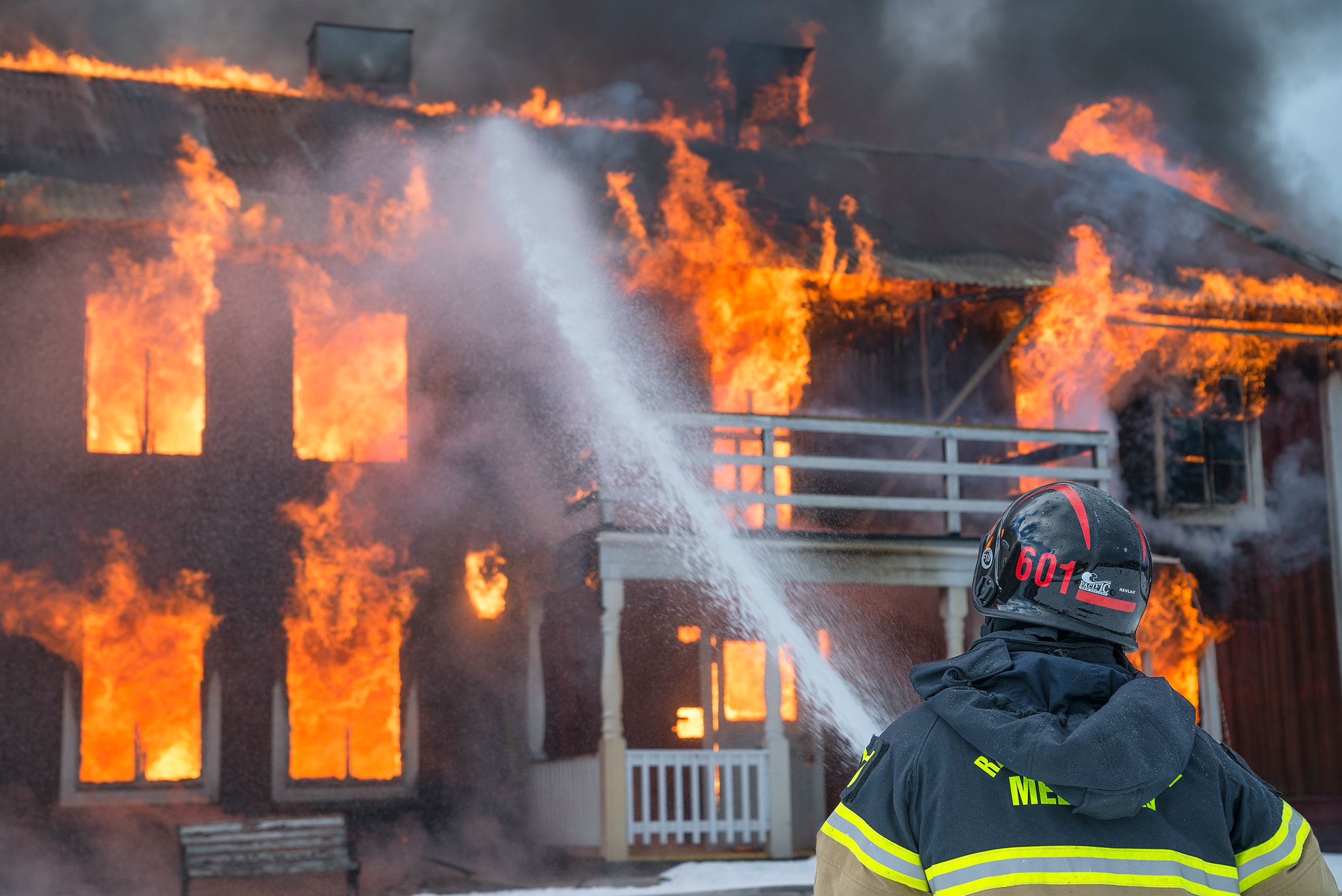Technology and Software in Fire Prevention

Did you know that Leonardo Da Vinci was the first to develop a fire safety system? In a wealthy customer’s kitchen, he installed his own invention: a water sprinkler system. Unfortunately for da Vinci and the disappointed customer, however, the mechanism operated too well, causing a little fire to result in a large flood that destroyed part of the kitchen!
While we’ve come a long way since da Vinci’s time, there’s still always room for improvement when it comes to fire safety. Technology and software play an important role in prevention and response. Here are just a few examples:
– Building information modeling (BIM) is used to create 3D models of buildings. This helps fire safety engineers identify potential hazards and develop evacuation plans.
– Smoke detectors can be connected to a building’s HVAC system so that air can be quickly circulated in the event of a fire.
– Thermal imaging cameras can help firefighters see through smoke to locate people who may be trapped.
– Fire alarm systems can be integrated with sprinkler systems so that water is automatically released when an alarm is triggered.
As you can see, technology and software play a big role in fire prevention. By staying up-to-date on the latest advancements, we can help keep our homes and workplaces safe. So let’s mention some of the software used in fire fighting:
Video Smoke Detection and Video Flame Detection
According to the Fire Watch Guards one of the most important aspects of fire safety is early detection. That’s why more and more buildings are using video smoke detection (VSD) and video flame detection (VFD) systems. These systems use cameras to constantly monitor space for signs of fire.
VSD systems software in fire prevention are especially useful in large, open spaces where traditional smoke detectors might not be able to properly detect a fire. That’s because VSD systems can cover a much larger area and don’t require a direct line of sight to the potential fire. This makes them ideal for warehouses, manufacturing plants, and other commercial facilities.
VFD systems are designed to specifically detect flames. This makes them perfect for use in areas where there is a potential for flammable liquids or gases. That’s because VFD systems can detect flames even when they’re obscured by smoke, vapor, or other obstacles. This makes them ideal for use in oil and gas refineries, chemical plants, and other industrial facilities.
Both VSD and VFD systems are becoming more and more common in all types of buildings. That’s because they’re an effective way to help ensure the early detection of a fire. And when it comes to fire safety, early detection is critical.
Building Automation Systems
Another way that technology is helping to improve fire safety is through the use of building automation systems (BAS). BAS is used to control and monitor a variety of systems within a building, including the HVAC system, lighting, security, and fire safety.
One of the most important aspects of a BAS is its ability to integrate with other systems. For example, a BAS can be integrated with a building’s fire alarm system. This allows the two systems to share data and information. So if the fire alarm system detects a fire, it can trigger the sprinkler system and ventilation fans. This helps to ensure that the fire is quickly contained and doesn’t have a chance to spread.
BAS is also increasingly being used to monitor energy use. This is important for two reasons. First, it can help to reduce a building’s energy costs. Second, it can help to improve fire safety. That’s because reducing energy use can help to reduce the risk of fires caused by electrical faults or overheating equipment.
As you can see, BAS is an important part of fire safety. By integrating with other systems, they help to ensure that a fire is quickly contained and doesn’t have a chance to spread.
Fire Safety Apps
There are also a number of apps that can help to improve fire safety. These apps provide a variety of features, including:
– Tips on how to prevent fires
– Information on what to do in the event of a fire
– A list of emergency numbers
– A map of the nearest fire stations
– A list of evacuation routes
Fire safety apps are a great way to help ensure that you and your family are prepared in the event of a fire. They can also help you to quickly and easily find the nearest fire station or evacuate your building.
So there you have it, a few ways that technology and software are being used to improve fire safety. By staying up-to-date on the latest advancements, we can help keep our homes and workplaces safe.
Conclusion
Detection systems and software in fire prevention can identify a fire before it becomes too large, and send alerts to the proper people so they can take action.
- Pre-planning is key – firefighters and other emergency responders need accurate information about the layout of a building and its contents in order to best respond to an emergency situation.
- Rapid response is essential – fires can double in size every minute, so getting help on the scene as quickly as possible is crucial.
- Aftermath cleanup is often just as important (and challenging) as putting out the fire itself. Fires leave behind dangerous residues that can be harmful if not cleaned up properly.




